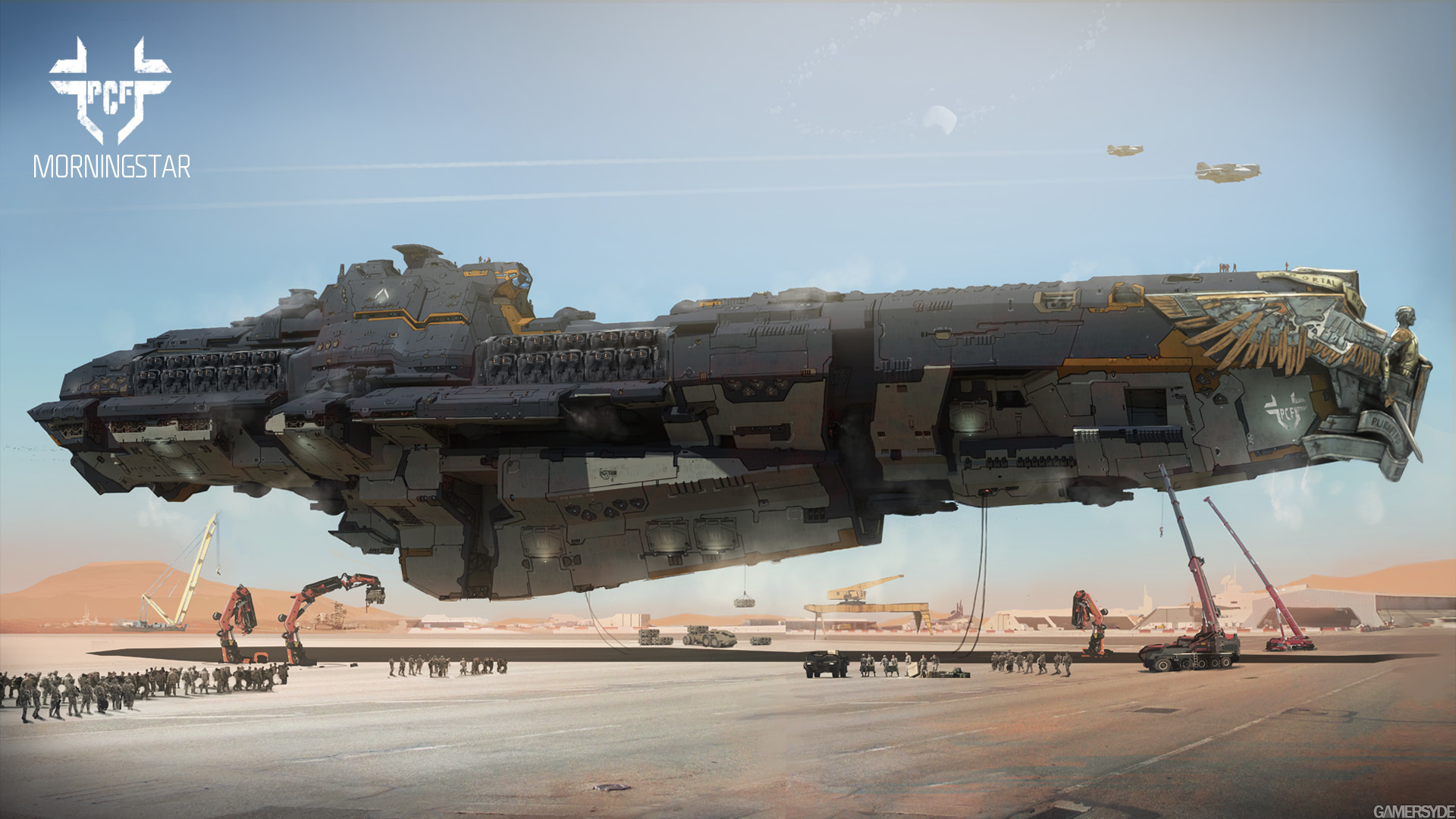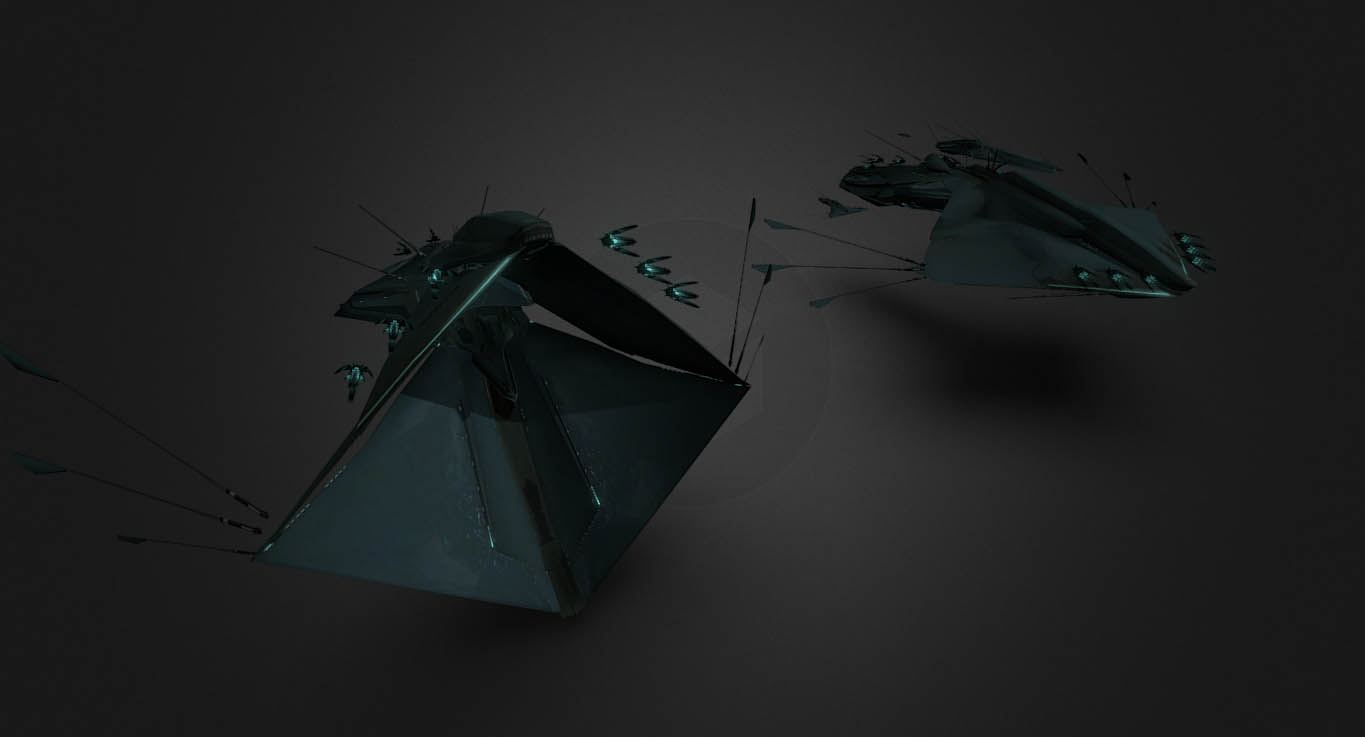

June 16/21: Training Facility A new training facility that according to the British Defense Ministry will “secure HMNB Clyde as the central base for submariners in the UK” is taking shape at HMNB Clyde. The Dreadnought class will carry the UK’s Trident nuclear missiles, replacing the Vanguard class submarines.

The solution will reportedly be provided to British soldiers prior to the deployment of the submarine to ensure “safe and competent” operations.ĭecember 17/21: Progress Report A report from the UK’s Ministry of Defense discusses the progress made on the Dreadnought submarine programme in the last year. May 12/22: Dreadnought Multinational defense firm Elbit Systems has been chosen to provide training technologies for the UK navy’s future Dreadnought-class submarines. Work will take place in November 30, 2027. Work will take in California, Washington, Florida, Maryland, Georgia and the UK. The contract action contains option line items. June 20/22: 2022-2026 Shipyard Field Operations Northrop Grumman Systems won a $458 million deal for fiscal 2022-2026 shipyard field operations, program management, systems engineering, documentation, logistics and hardware production activities in support of the Columbia and Dreadnought Fleet Ballistic Missile Program. This article covers that momentous decision for Britain, and the contracts and debates associated with it. Then again, in an age of collapsing non-proliferation frameworks, clear hostility from ideologies that want nuclear weapons, and allies who are less capable and dependable, the downside of renouncing nuclear weapons is a huge risk commitment. “We are committed to working towards a safer world in which there is no requirement for nuclear weapons… However, the continuing risk from the proliferation of nuclear weapons, and the certainty that a number of other countries will retain substantial nuclear arsenals, mean that our minimum nuclear deterrent capability, currently represented by Trident, is likely to remain a necessary element of our security.” - UK SDSR, 1998īritain has a big decision to make: do they remain a nuclear weapons power, or not? In an age of collapsing public finances and an uncertain long-term economic future, the money needed to design new nuclear missile submarines is a huge cost commitment that could crowd out other needs.


 0 kommentar(er)
0 kommentar(er)
